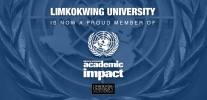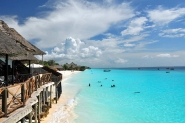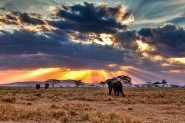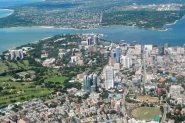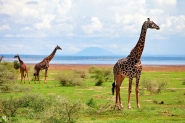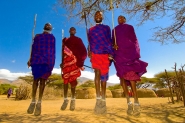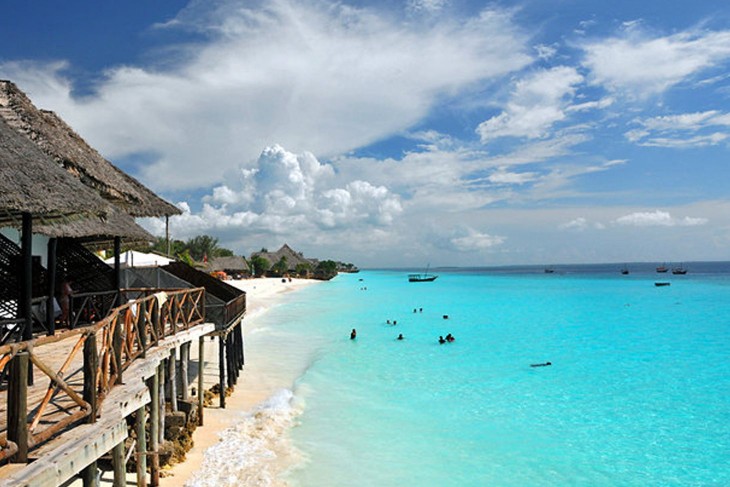 Photo Credit: planetware.com
Photo Credit: planetware.com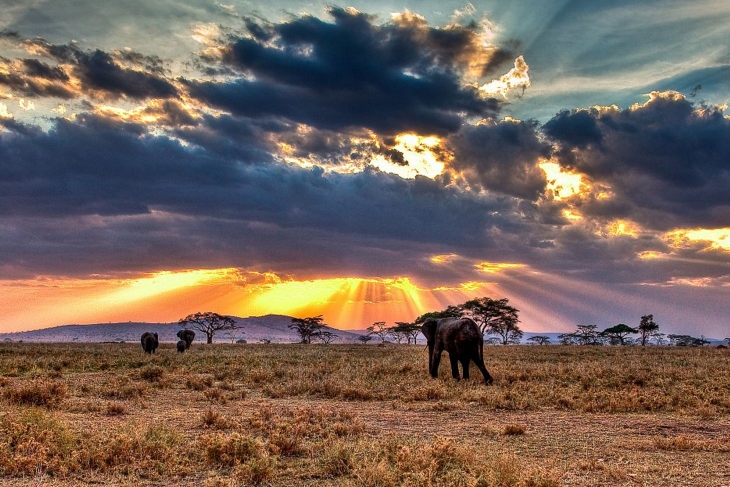 Photo Credit: thousandwonders.net
Photo Credit: thousandwonders.net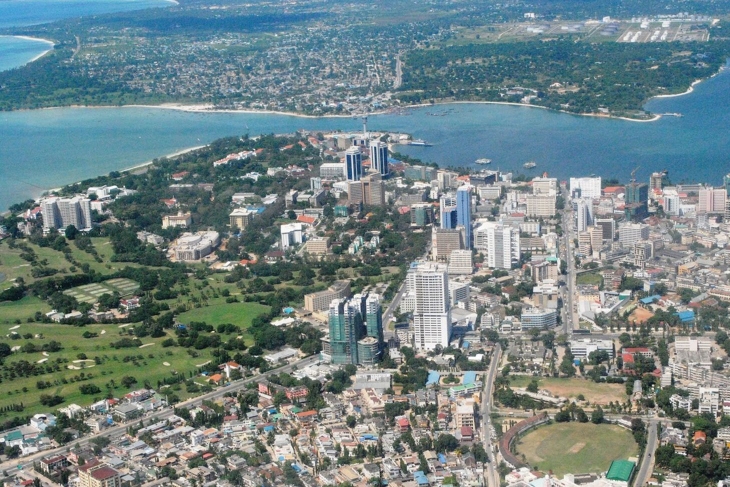 Photo Credit: reflectim.com
Photo Credit: reflectim.com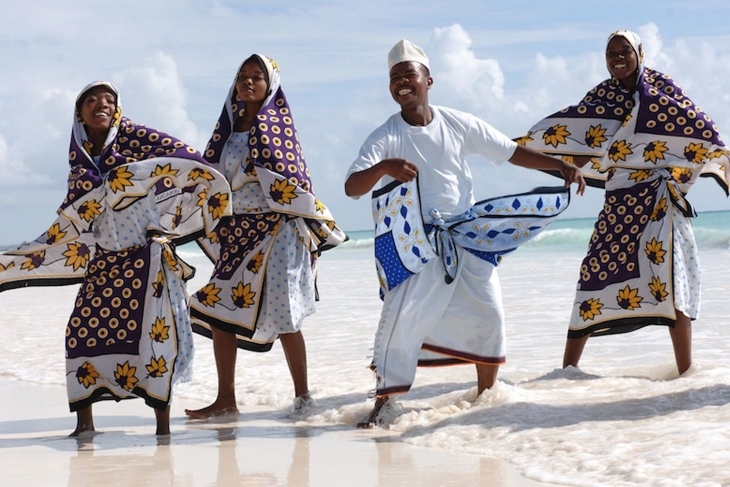 Photo Credit: africaonsafari.com
Photo Credit: africaonsafari.com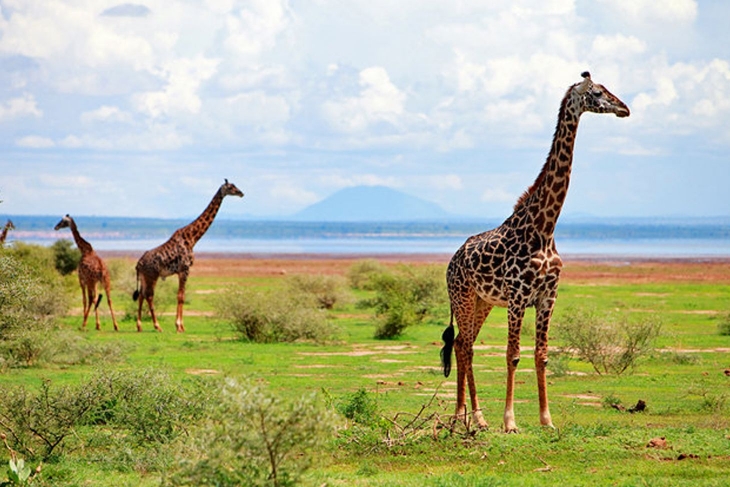 Photo Credit: planetware.com
Photo Credit: planetware.com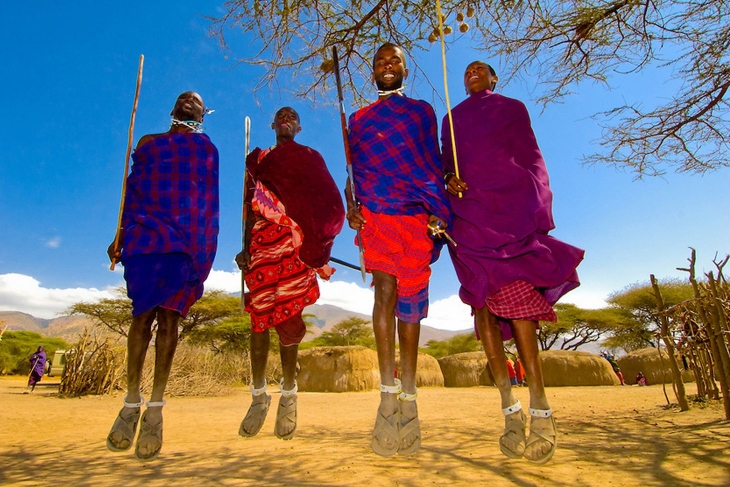 Photo Credit: blaineharrington.photoshelter.com
Photo Credit: blaineharrington.photoshelter.com
Tanzania is an East African country famous for its idyllic beaches and a vast range of wildlife.
The country is home to two renowned tourism destinations such as Africa’s highest peak and one of the world’s highest freestanding mountains Kilimanjaro. Tanzania has the best wildlife-rich safaris than any country in Africa. On the offshore there are tropical islands of Zanzibar, a marine park home for whales, sharks and coral reefs.
Dodoma, officially Dodoma Urban District, is the national capital of Tanzania. The former capital, Dar es Salaam, retains most government offices and is the country’s largest city, principal port, and leading commercial centre.
With a population of about 51 million people, the country has over 120 different resident tribes. The Sukuma is the largest ethnic group and represents around 16 percent of Tanzania’s total population. There are groups of Nilotic and nomadic Maasai, and Luo populations in the country as well, along with two small groups who speak languages in the Khoisan family specific to the Khoikhoi and Bushman people.
While each ethnic group has its own language, Tanzania’s official language is Kiswahili, which is an Arabic influenced Bantu language, as well as English.
Approximately 38 percent of Tanzania’s land area is set aside for conservation. Tanzania has 16 national parks, a variety of game and forest reserves, including the Ngorongoro Conservation Area.
In 2013, travel and tourism contributed 12.7 percent of Tanzania’s gross domestic product and employed 11.0 percent of the country’s labour force (1,189,300 jobs).
Tanzania’s economy is the second largest in East Africa and the twelfth largest in Africa. It depends on agriculture, which accounts for more than one-quarter of GDP, provides 85 percent of exports, and employs about 80 percent of the work force; agriculture accounts for 7 percent of government expenditures.
According to the World Bank, Tanzania embarked upon its second Five Year Development Plan 2016/17-2020/21 (FYDP II). Themed “Nurturing Industrialisation for Economic and Human Development,” the plan has three pillars: industrialisation, human development and implementation effectiveness.







